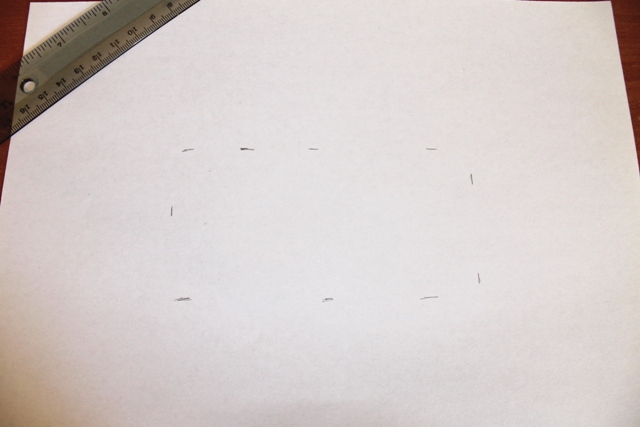

(Note that some steps could be skipped as they do nothing now.) Repeat steps 3 to 10, exchanging red and black as well as upper and lower in the instructions. Select all the black segments and Path → Combine. (Yes, this is repetetory but unless your helix is very long, this is the quickest way.): Select the deformed path and Make selected segments lines. Select an end point as follows and move it to the adjacent extremum of the red path such that it snaps: Select a black segment somewhere in the middle and switch to the Edit Path by Nodes mode. (We won’t need this until the very last step, but now is the best time to do it.)Īctivate snapping, Snap nodes or handles and Snap to smooth nodes from the snap panel. Select the red path, swich to Edit Path by Nodes mode, select all the uppermost nodes and Break Path at selected Nodes. The green path should vanish and your black path should be split into several segments. Select the green path and the black path and Path → Cut Path. Select all nodes fully in the lower half, Break path at selected nodes, select all nodes in the lower half once more and remove them:Įnsure that the green path is in front of the black one (press Pos1 while selecting it).

Select the green sine and switch to the Edit Path by Nodes mode.

= × 4 × n + 1ĭuplicate the sine wave, shift it horizontally (holding Ctrl) and make the duplicate red (for better distinction).ĭuplicate the red sine and make the duplicate green. You can use a finer sampling or a higher (integer) End X value, but the following should hold (with n being a small positive integer of your choice): This double helix is the one I obtained using Accelrys DS Visualizer, with later GIMP editing (mostly in an effort to make it easier to vectorize, you may note that the helix backbone is no longer coloured in shades of white like it was originally).Ĭreate a rectangle and use Extensions → Render → Function Plotter with these settings:

I would like to know is there any better ways of doing this. See below for the original image if you have the skill to vectorize it in a way you could share with me I'd be more than willing to hear. I have also tried vectorizing a structure of DNA drawn using Accelrys DS Visualizer and failed pretty miserably: I find it impossible to seamlessly vectorize such complex raster files. This is what I have so far from the sine wave method see in the first instance where I wanted to colour between the waves, the coloured area would form part of the helix. After this I would create another sine wave with the opposite vertical orientation (which would be the second helix) and go from there. I have tried to achieve this via creating two sine waves (using the Parametric Curves extension) and doing some cutting and colouring-in from there and this is what I’m at at the moment. I've seen this How can I create a double helix? question but I am here to ask you how to create a double-helix in Inkscape, instead of illustrator.


 0 kommentar(er)
0 kommentar(er)
